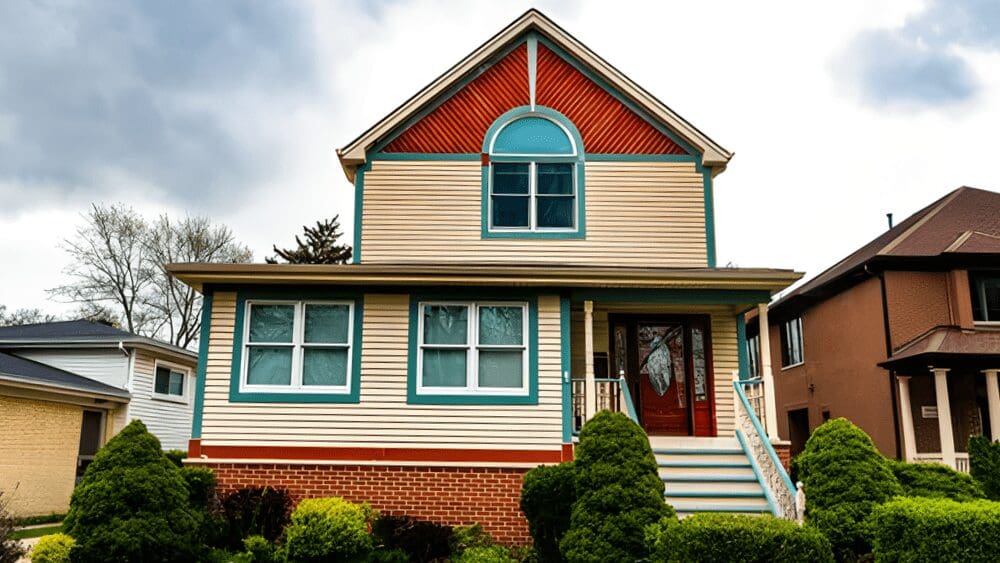
When you buy a home with less than 20% down, your lender may require you to have private mortgage insurance (PMI). It’s a standard part of many conventional loans, but it can catch buyers off guard, especially first-time buyers. You’ve likely heard of PMI, and you know it raises your monthly payments, but how is PMI calculated? And how long do you need to pay for it? In this post, we’ll explain how lenders figure PMI, what affects it, and how you can estimate yours using HomeLight’s free PMI calculator. You’ll also see examples that show how changes in your down payment, credit score, or loan type can shift your monthly costs up or down. Private mortgage insurance is typically calculated as a percentage of your original loan amount, multiplied by your lender-assigned PMI rate. The rate depends on your loan-to-value (LTV) ratio, credit score, loan type, and occupancy (whether you’ll live in the home). According to Fannie Mae, most PMI rates fall between 0.58% and 1.86% annually. Lenders divide that annual cost into monthly installments, which are added to your mortgage payment. Here’s the basic formula: Example: If you buy a $400,000 home, put 10% down, and have a 0.75% PMI rate,
your initial calculation would look something like this: Here’s how your PMI payment might look at different down payment levels: These are rough estimates using round numbers for illustrative purposes. Lenders make adjustments to the equation based on the combination of your credit score, down payment amount, and loan type. If you have a higher credit score, you can qualify for lower PMI payments. A lower credit score will typically increase your payment, but can be offset slightly with a higher down payment. Use the calculator below to estimate your PMI based on your own numbers. You’ll see how much PMI might add to your monthly payment, and when it could drop off once you’ve built enough equity. (We’ll share more on removing PMI in a minute.) After entering your information, you can adjust the numbers to see how changes in down payment or credit score affect your result. Many buyers are surprised at how much PMI can shrink when they cross even small equity or credit score thresholds. As you can see from our example table and the PMI calculator above, there are several moving parts that can shift your PMI payment up or down. Here’s a closer look at what lenders consider: PMI doesn’t stick with your loan forever. It’s automatically canceled once your loan balance reaches 78% of your home’s original value, or once you’ve built 20% equity and request removal in writing. You can also speed up PMI removal if your home’s value rises and you get a new appraisal to document that equity. And if your rate or loan terms improve, refinancing into a new mortgage may eliminate PMI entirely.How is PMI calculated?
Home price
Down payment
Loan amount
PMI rate
Est. monthly PMI
$400,000
5%
$380,000
1.0%
$317
$400,000
10%
$360,000
0.75%
$225
$400,000
15%
$340,000
0.5%
$142
Try HomeLight’s PMI calculator
What factors influence your PMI rate
When does PMI go away?



